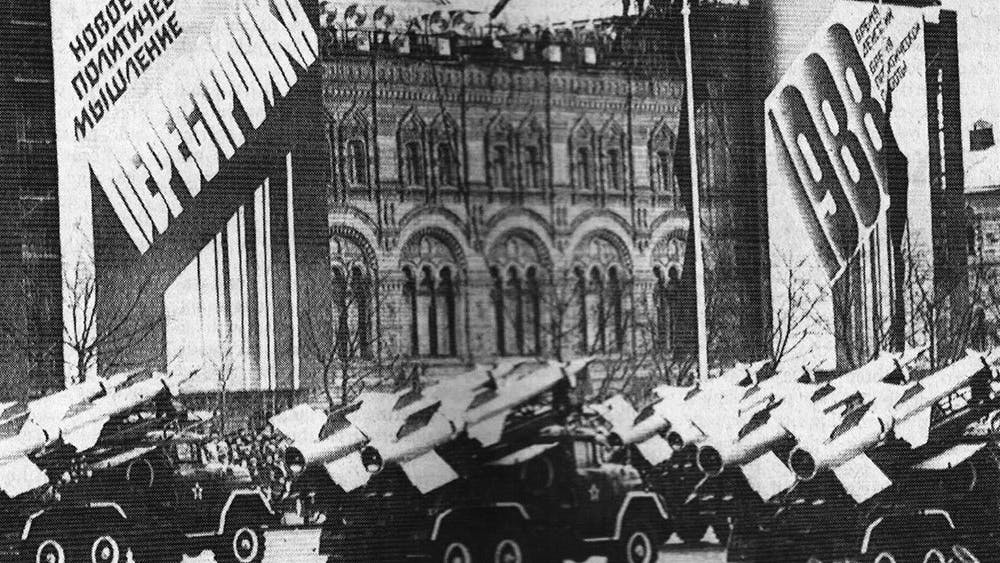Transcription: Duke to Play for Mardi Gras
By June Hauenstein
Duke Ellington and his band will create the musical atmosphere for the Indiana Union Mardi Gras Feb. 10, Miss Carol Creed, Union program coordinator, has announced:
Coeds will have extended hours until 1:30 a.m. for the dance, which will be in Alumni Hall and the ABCD Rooms of the Union from 9 p.m. -1 a.m. The Union Building will be closed for the night except to those attending the dance.
In typical Mardi Gras fashion, the dance will be a costume affair. It will also be a turn-about evening with coeds asking the fellows.
Musical Genius.
Known as “America’s Genius of Modern Music,” Duke Ellington has composed such contemporary classics as “Black and Tan Fantasy,” “Mood Indigo,” “Sophisticated Lady,” “Got It Bad and That Ain’t, Good,” “Don’t Get Around Much Anymore,” and “Caravan.”
Also closely identified with the Ellington band are such top standards as “Perdido,” “Take the ‘A’ Train,” and “Flamingo.”
Duke and his orchestra have played in every part of the U.S., Canada, and Europe in dance halls, Concert halls, theatres, auditoriums – even in a Paris bomb proof shelter – and over radio and television.
Annual Attraction
He is an annual attraction at the Philharmonic in Los Angeles, the Civic Opera in Chicago, and Academy Hall in Philadelphia.
The band has recently appeared at theatres, hotels, and night clubs in New York, Chicago, Los Angeles, Las Vegas, Boston, San Francisco, St. Louis, and Cleveland.
The Paramount Theatre, the Apollo Theatre, the Cotton Club, and Birdland in New York and the Chicago Theatre, the Sherman Hotel, and the Blue Note in Chicago are among the band’s outstanding engagements.
Duke Ellington and his orchestra have also appeared on a series of coast-to-coast Saturday broadcasts sponsored by the U.S. Treasury Department, on the Kate Smith program, the Philco “Hall of Fame,” and the Bing Crosby show.
In 1923 Duke gave up an art career and came to New York with a five-piece band. Success and recognition came almost immediately, and in 1933 and 1939 he scored triumphs in Europe.
Carnegie Debut.
In 1943 he became the first major bandleader to perform in Carnegie Hall. At this time he introduced his first long work, “Black, Brown, and Beige.” Every year since Duke has returned to Carnegie Hall and premiered a major work. In 1955 he wrote the book, music, and lyrics for “Man with Four Sides,” a show wholly conceived by himself.
Many persons prominent in the music world have praised the compositions and performances of Duke Ellington. George Gershwin, Leopold Stokowski, pianist-composer-conductor Percy Grainger, music critic Howard Taubman, and composer Deems Taylor are among his fans.





